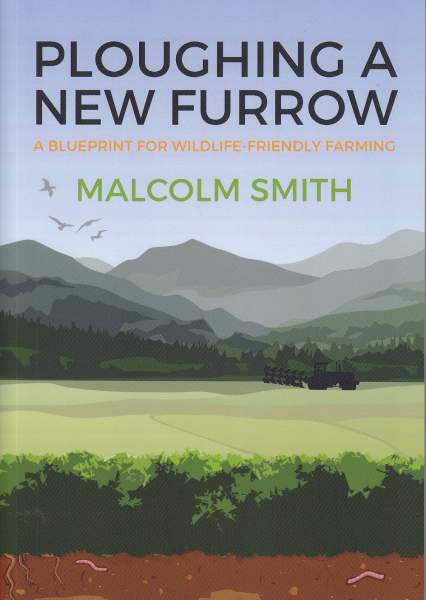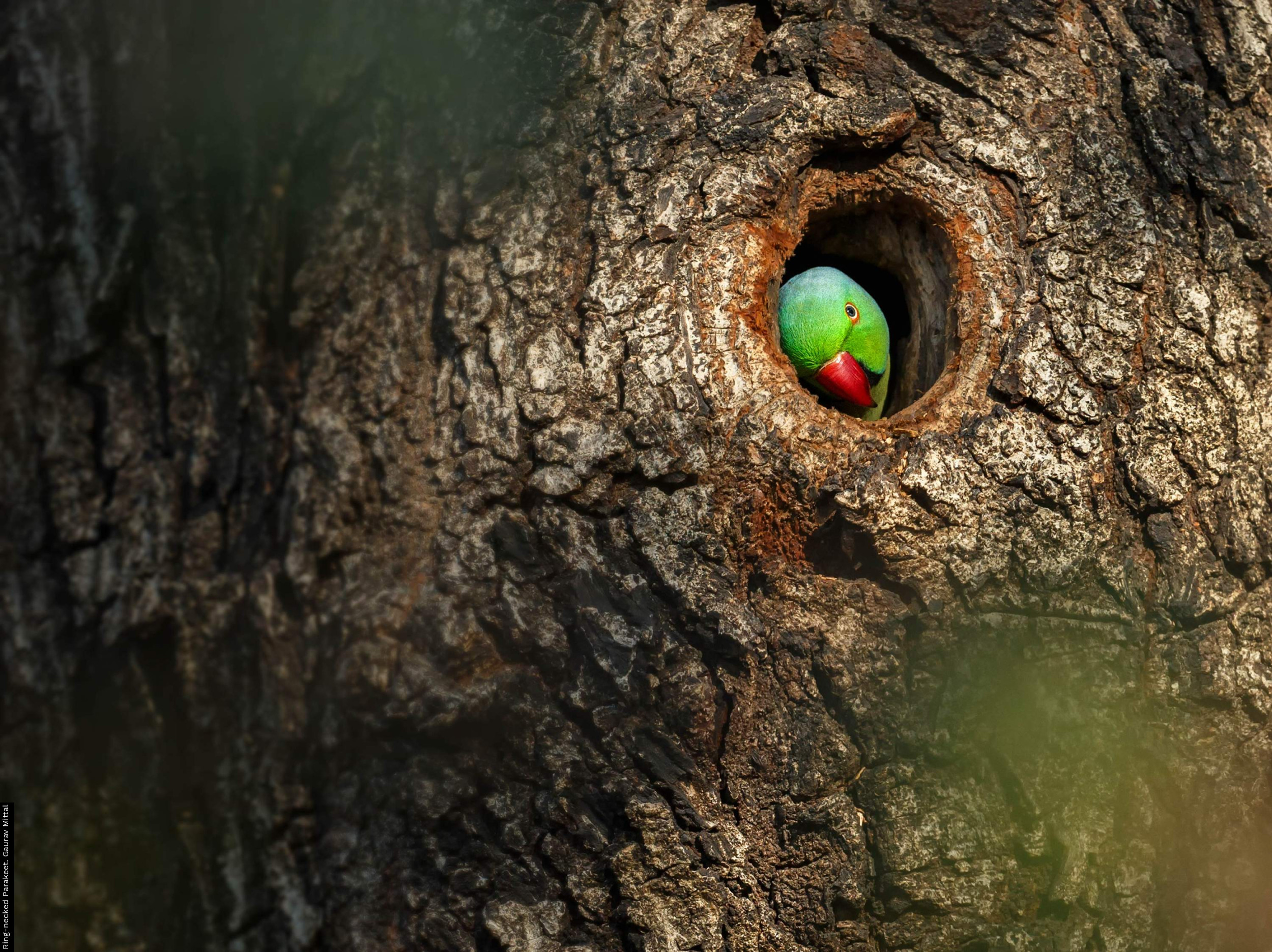
Publisher: Whittles Publishing, Dunbeath
Publication Year: 2018
Binding: Softback
Page Count: 224
ISBN Number: 9781849953283
Price: £ 18.99
Ploughing a New Furrow: a Blueprint for Wildlife-Friendly Farming
Ploughing a New Furrow primarily focuses on a series of case studies where the author, Malcolm Smith, seeks to gain an insight from farmers who overcome the myriad of challenges of managing a profitable farming business whilst conserving wildlife.
Written in a clear and digestible format, the book begins with a breezy but essential overview of UK farming through the ages, from the early settlers to the present day. I found this thought-provoking in itself as it paints a picture of a changing landscape for wildlife rather than a deteriorating one, which is how we tend to imagine the history of farming.
The author meets a variety of dedicated lowland and upland farmers who are keen to demonstrate how they have successfully implemented conservation measures to encourage or maintain their respective wildlife interests, and what can be achieved if Agri-environment Schemes are prescribed in the most effective way. These ‘blueprint’ examples form part of a discursive narrative that tackles key conservation agendas, from the decline of pollinators to the culling of Badgers. The well-researched chapters are concise and are interspersed with a mixture photographs from the farms he visited or supporting background information of the subject matter. I thought it was a nice touch to separate key farming statistics from the main text, as well as providing a glossary for the ever increasing amount of acronyms and jargon this industry generates.
Unsurprisingly, the Common Agricultural Policy is the overriding element that runs throughout much of the book. The modern farmed landscape is a reflection of EU Directives and state initiatives to a large degree, and the concluding message is that, to effectively address these issues, a ‘one-size-fits-all’ mentality is not the solution, but a push for a more tailored approach to farm custodianship and a reconsideration of the Basic Payment Scheme would be a starting point.
Overall, the tone is neither pessimistic nor sugar-coated and the author falls short of summarising each topic with too much personal opinion, but instead attempts to crystallise controversial ideas based on well informed judgement and practical solutions.
The unique feature of this book is its brevity – packing so much subject matter into a remarkably short book is a considerable achievement. This is a must-read for agricultural and conservation students alike but it will also appeal to farmers, environmental practitioners and anyone that takes an interest in the health of the farmed landscape.
The timing of this book has never been more poignant with the backdrop of Brexit. As we enter an even more uncertain period for farmland wildlife, this publication serves as an ideal cue to review where we are at with each of these conservation challenges and ponder where we might end up.
Book reviewed by David Norfolk
buy this book





Share this page